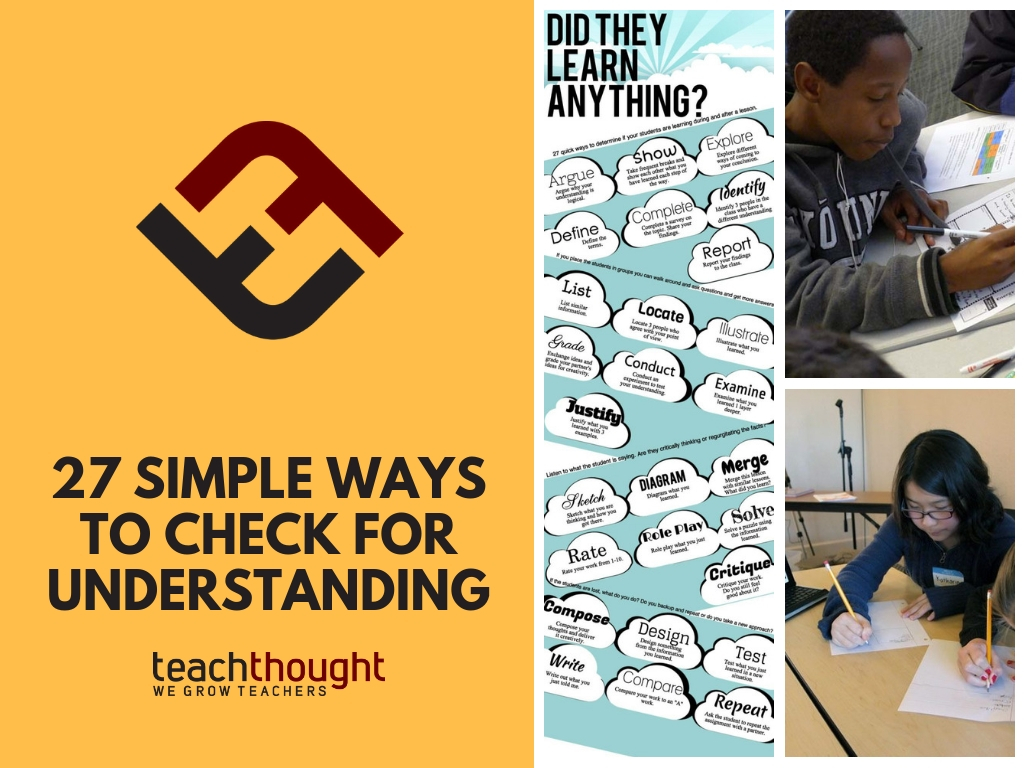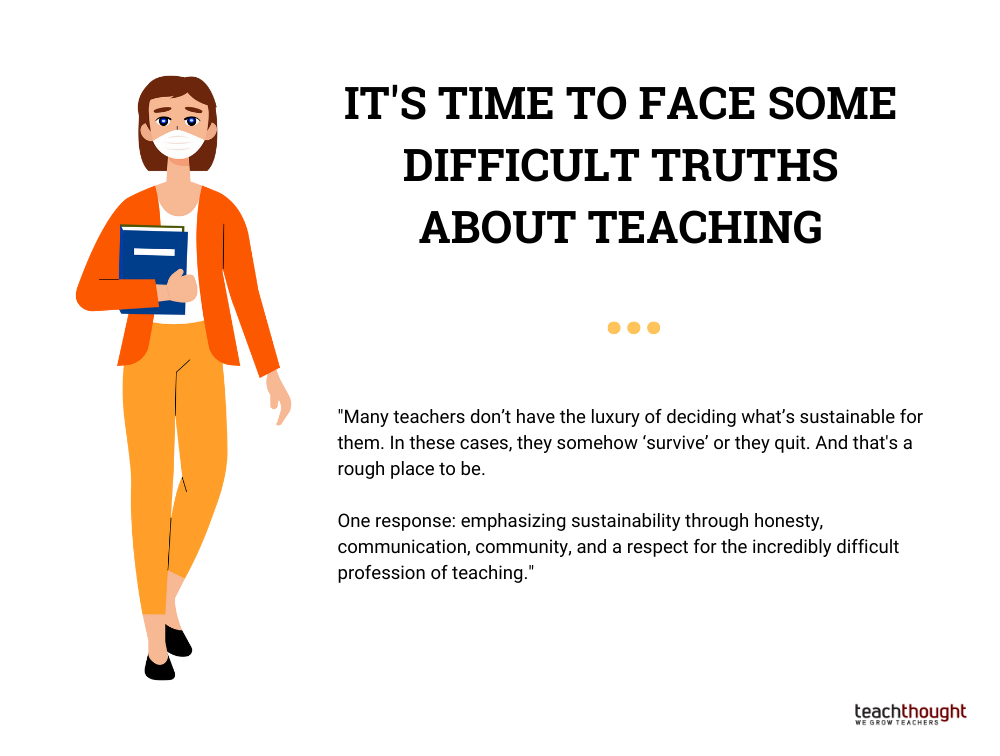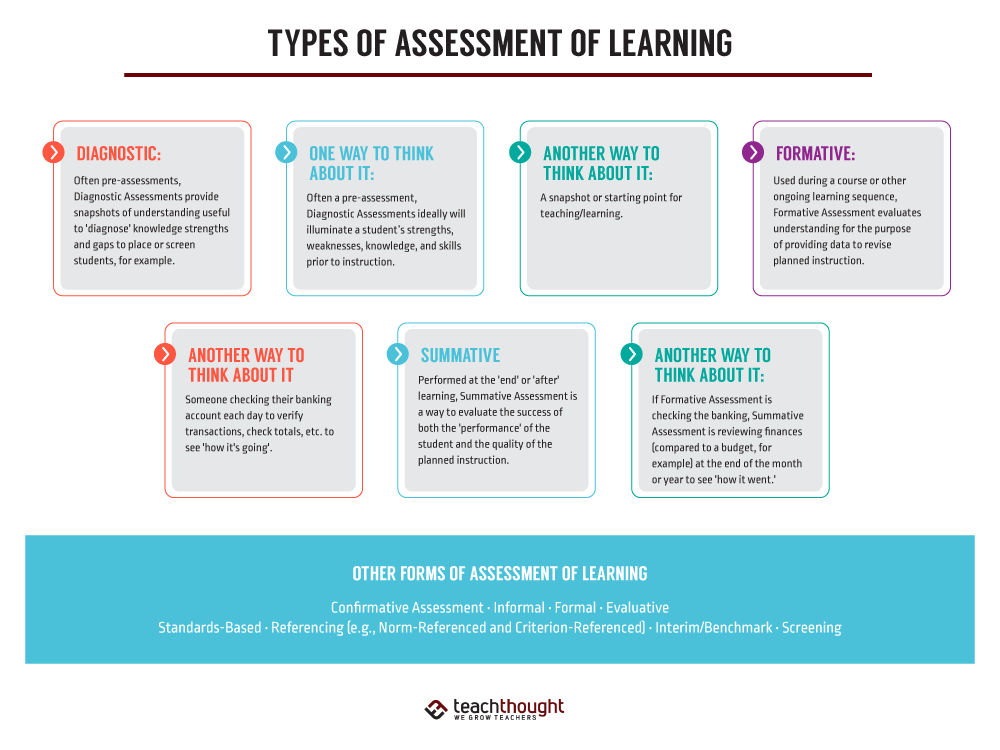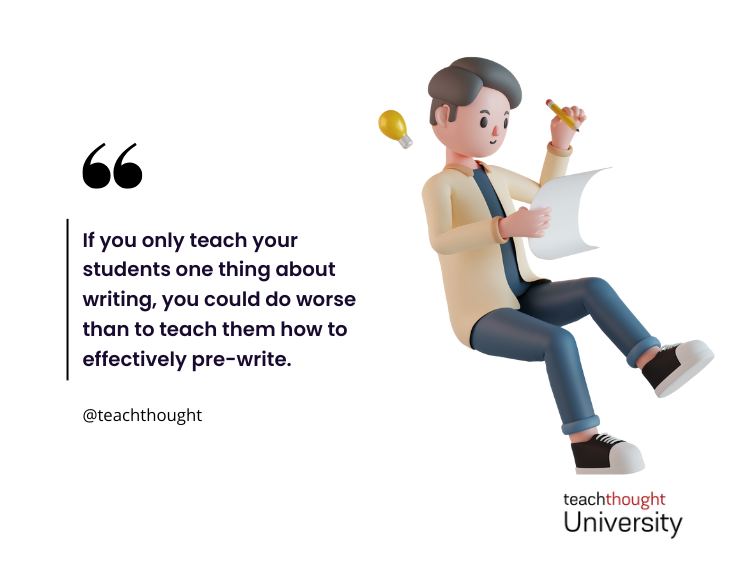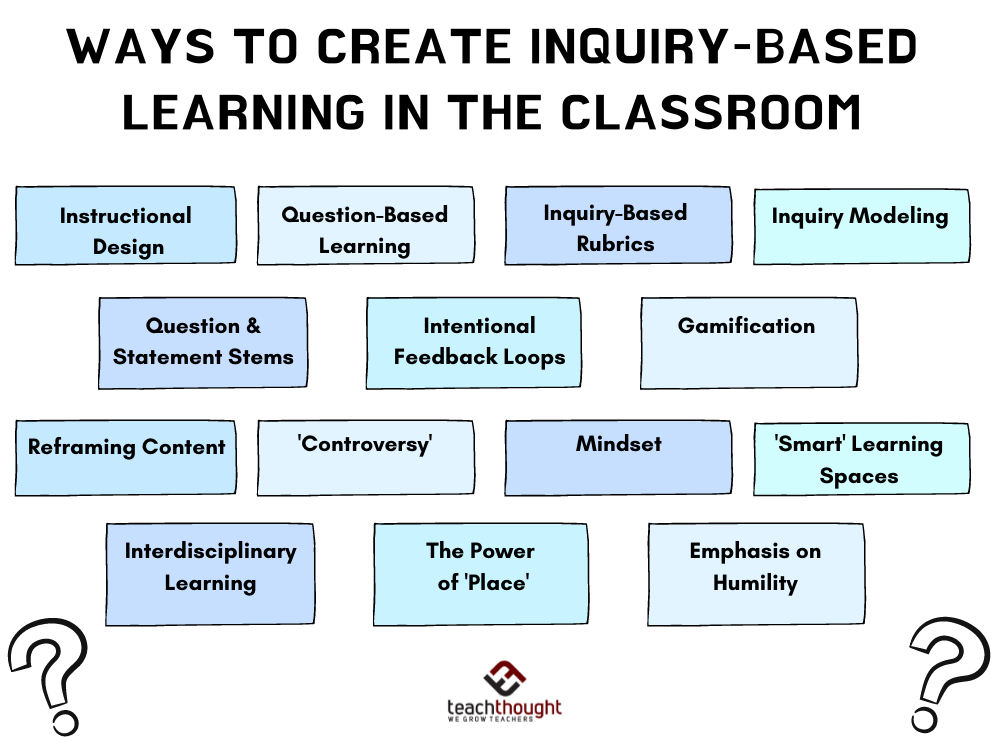
by TeachThought Staff
Inquiry-based learning is a technique to learning led by students via concerns, research, and/or curiosity.
An inquiry-based discovering technique is just a way to help with questions during the knowing procedure. It may be valuable to think about means to reduce inquiry to emphasize the methods that may be used to advertise it.
Years earlier in the (tongue significantly in cheek) 12 Ways To Kill A Learner’s Inquisitiveness , I claimed that restricting option, assuming in black and white, and concentrating on responses rather than questions were simply a couple of methods to stifle questions and curiosity.
In Strategies For Producing An Inquiry-Driven Class , expert development facilitator Irena Nayfeld offered that “youngsters intend to understand the world around them, and normally reveal their interests by asking inquiries– occasionally also too many inquiries! As educators, we might really feel stress to keep choosing our intended lesson strategy or to reach our ‘point.'”
Let’s take a look at just how to advertise inquiry-based discovering in your class.
14 Ways To Promote Inquiry-Based Discovering In The Classroom
1 Educational style
Among one of the most powerful methods to promote inquiry knowing in your classroom is to create tasks, lessons, and devices that gain from, promote, or need questions. Without ‘space’ or a ‘role’ for query in your class, it will certainly be hard to ’cause’ sustainably.
Excellent crucial questions can be helpful here, too.
2 Question-Based Discovering
Question-based learning is a TeachThought structure for discovering with the development and alteration of inquiries over the course of a details period of time. You can find out more regarding Question-Based Knowing. This additionally can be incorporated with student-led or self-directed discovering where pupils ask their own inquiries, which, if done in an authentic (to the pupil) method, need to lead to even more lasting questions too.
Likewise, see questions to assist inquiry-based knowing
3 Inquiry-based rubrics and racking up overviews
By specifying and making a list of individual aspects of questions and framing what it looks like at different efficiency levels, pupils can be a lot more clear regarding specifically what you’re hoping to see them capable of and ‘doing’ as a result of the activity or lesson.
4 Design query
This can be done in lots of ways, including dialogic conversation, Socratic Workshops, and think-alouds, to name a few.
5 Usage concern and statement stems
Sometimes, students don’t understand the devices or patterns of query, and question and declaration stems can act as training wheels to aid get trainees moving toward continual, genuine inquiry. You can see some examples of sentence stems for higher-level discussion , for example.
6 Willful Responses Loopholes
Reward ‘Cognitive Stamina’ by motivating pupils to ‘dwell’ on a subject or expand inquiry even when striking dead-ends, the task is ‘over,’ or they’re not sure where to ‘go’ following. Take into consideration some sort of ‘inquiry-driven grading’ where you adjust rating processes to accommodate this unique approach to knowing.
The mind overcomes responses loopholes. Roughly placed, students do something, and something takes place in reaction. The tighter and much more deliberate the responses loops are for using inquiry, the more probable it is to ‘stick.’
See likewise What’s a Comments Loophole In Discovering?
7 Gamification
Compensate points for wonderful inquiries. Also consider designating ‘factors worth’ to excellent concerns– probably even greater ‘factor values’ than the answers themselves.
You can also offer ‘degrees’ for pupils to progress via (based on points, for example). Reward curiosity with instant positive responses. (See # 6 above.)
8 Reframe content
Mathematics, scientific research, social researches, language arts, and other standard web content areas overflow with fascinating principles, subjects, histories, legacies, individuals, and so on ‘Position’ content in a new method that is fresh, intriguing, and even debatable (see listed below). Query is extra natural when concepts are fascinating.
9 Conflict markets
‘Banned books’ or other (mild to modest) conflicts can go a long means in sustaining trainee interaction– which sets up the stage for questions.
10 Clear up the duty of attitude in inquiry
This can be done partly by clearing up the worth of blunders and unpredictability in the learning procedure.
11 Use ‘clever’ knowing rooms
Layout physical understanding spaces to advertise interaction, accessibility to electronic and physical media, and spontaneous collaboration. Artfully style spaces with color, light, and furnishings, etc.
12 Leverage interdisciplinary understanding
Collaborate with teachers throughout material areas and grade levels to increase interdependence and ‘gravity’ of student job
13 The power of ‘place’
Link trainees with professionals and neighborhood organizations to install operate in places native to that student. This is certainly much more intricate than can be explained as a line thing in a solitary blog post but simply picture the function of ‘setting’– just how much extra comfortable and all-natural and connected trainees remain in areas belonging to them– neighborhoods or homes or neighborhoods or roads or cities they care about and have a background with that is inseparable from the student.
14 Highlight humility
You can find out more regarding this concept from a different post, I composed on finding out with humbleness
Creator & & Director of TeachThought

